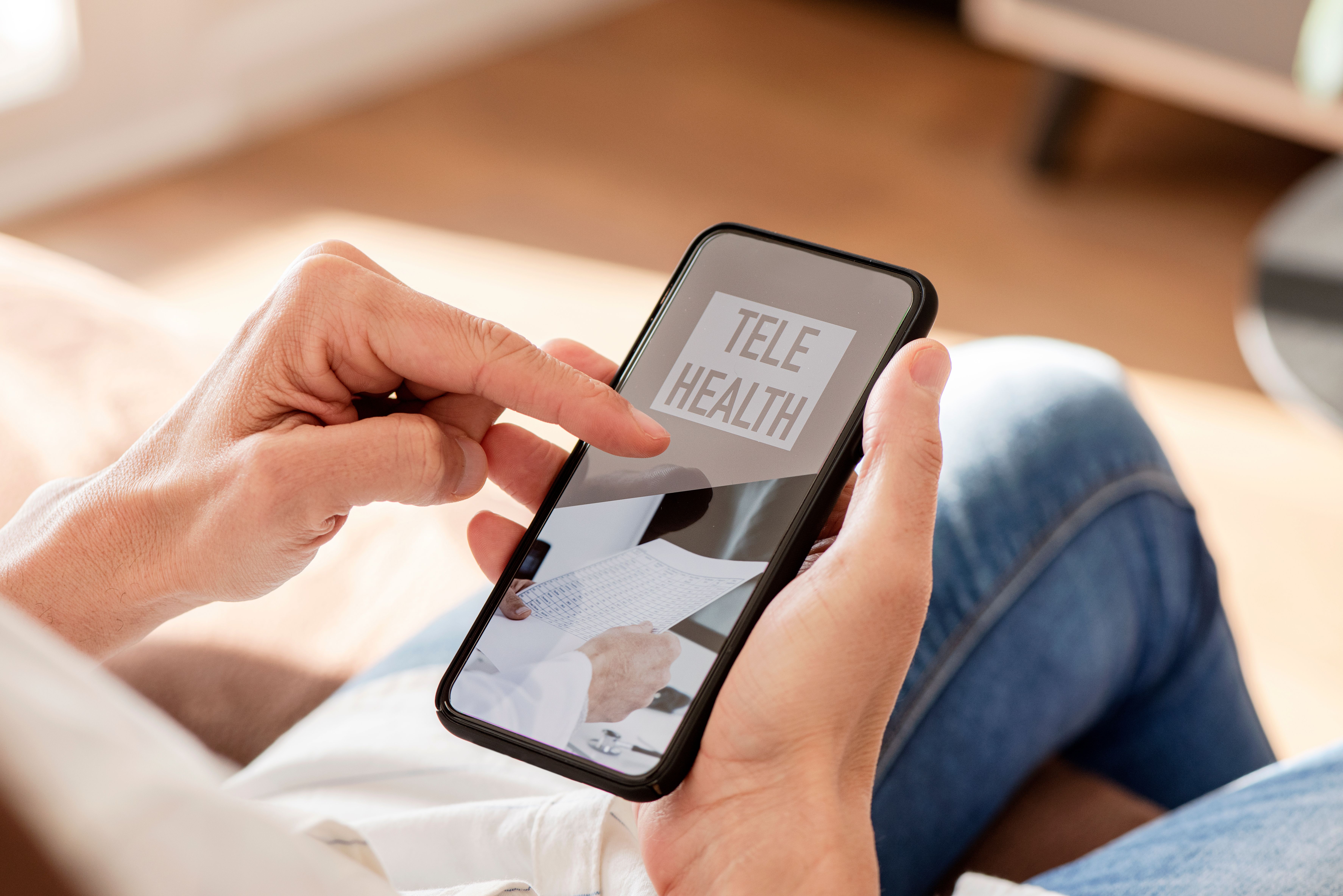- Center on Health Equity & Access
- Clinical
- Health Care Cost
- Health Care Delivery
- Insurance
- Policy
- Technology
- Value-Based Care
Telehealth Well Received With Satisfaction in Patients Living With HIV
Patients living with HIV had an interest in future use of telehealth due to high satisfaction in the care provided.
High satisfaction was seen for telehealth services when used by patients with HIV (PWH), according to a study published in AIDS and Behavior. This group was also interested in future use due to telehealth being generally well received.
Prior to the COVID-19 pandemic, HIV care via telehealth had been provided in rural settings and settings with limited access. Despite the pandemic increasing the amount of telehealth that is offered, the quality of that care has been mixed. This study aimed to quantify use and satisfaction of telehealth in PWH living in Washington, DC.
Data on participants in the DC Cohort study who responded to the cross-sectional COVID-19 survey were used for this mixed-methods analysis. The longitudinal DC Cohort study included PWH who received care across 14 HIV clinics in DC, of which 6 were community clinics and 8 were hospital-based clinics, with each seeing an average of 71 patients and 60 patients per week, respectively. Nurse navigation qA offered at more of the hospital-based clinics and substance abuse counseling and opioid treatment programs at the community clinics.
Text telehealth on the screen of a smartphone | Image credit: nito - stock.adobe.com

The COVID-19 survey took place from October 26, 2020, to May 31, 2023, and was given to patients 18 years and older across the 13 adult clinics, with 1 clinic excluded due to having an all-adolescent patient population. The survey could be completed in either English or Spanish, and included questions on sociodemographics, depressive and anxiety symptoms, COVID-19 exposures, medical conditions, telehealth experiences, antiretroviral therapy adherence, sexual risk factors, and tobacco use. PWH were asked about their use of telehealth for care related to HIV, their housing status, residence, clinic type, general telehealth use, and satisfaction with HIV care. Qualitative analysis included mode of telehealth use, motivation for telehealth, and mode of engagement.
There were 978 participants overall, with 678 reporting the use of telehealth, with no statistically significant differences in telehealth usage by age, race, or education status. Female participants were more likely to use telehealth compared with male patients (odds ratio [OR], 1.55; 95% CI, 1.14-2.09), as were patients who rented or were in “other” living arrangements compared with those who owned homes (OR, 1.70; 95% CI, 1.24-2.34 and OR, 2.03; 95% CI, 1.30-3.16, respectively). Patients were less likely to report a telehealth visit if they were high school graduates compared with those who had some college education (adjusted OR [aOR], 0.63; 95% CI, 0.43-0.92).
Participants were 4 times more likely to use telehealth if they were using a community clinic compared with a hospital-based clinic (OR, 3.96; 95% CI, 2.88-5.44), and individuals living with type 2 diabetes were more likely to report using telehealth for visits for HIV compared with those without diabetes (aOR, 1.93; 95% CI, 1.14-3.25).
Thirty-one percent of the participants who reported use of telehealth said that they used the service because it was offered, recommended, or required by a health care provider whereas 17% reported they used it because it was convenient, comfortable, easier for follow-up care, and reduced the risk of exposure to COVID-19. A total of 45.7% reported using a telephone call and 38.6% reported using a phone video call.
A total of 74.1% of participants reported that they would telehealth in the future, 81.0% reported being satisfied with their telehealth experience, and 86.4% reported that telehealth was convenient. Fifty-four percent of participants thought that telehealth was as good as in-person visits whereas 26.1% disagreed.
There were some limitations to this study. The web-based cross-sectional survey data could result in response and recall bias, participants may have been more likely to participate in the survey if they had COVID-19, and no information for those who did not participate in the COVID-19 survey could be collected. In addition, the data may not be generalizable to PWH outside of an urban setting and improved HIV measures were not assessed for telehealth usage.
The researchers concluded that telehealth was well received and had high satisfaction in the urban and racially diverse cohort of PWH in Washington, DC. HIV care could be strengthened as long as the technology is applied in an equitable manner for all PWH.
Reference
Barth SK, Saulters KJ, Balba GP, et al. Mixed methods analysis of telehealth experience, satisfaction, and quality of care during the COVID pandemic among persons with HIV in Washington, DC. AIDS Behav. Published online October 24, 2023. doi:10.1007/s10461-023-04198-7
